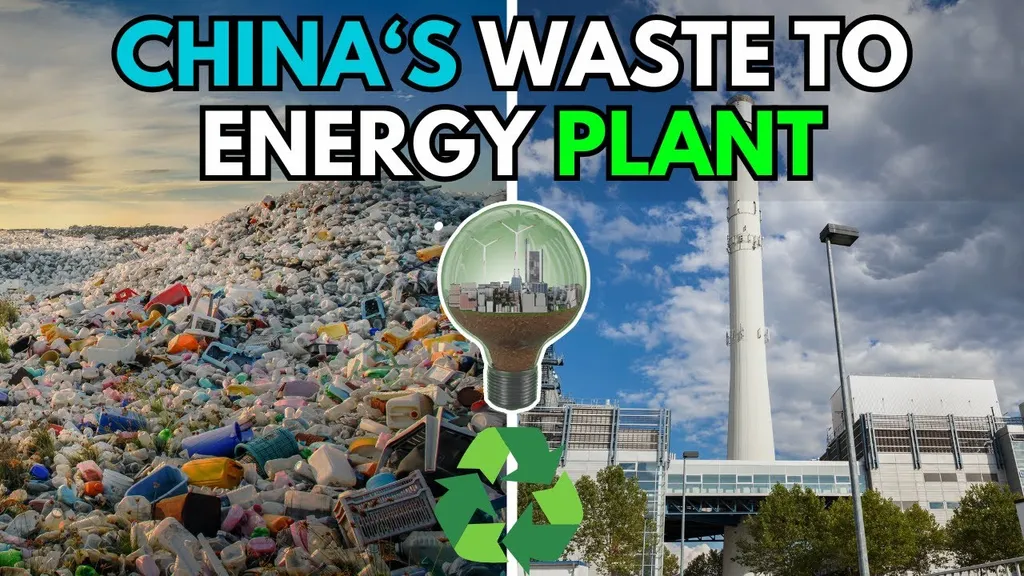In the heart of China, a groundbreaking approach to recycling is taking shape, one that could reshape the construction industry’s relationship with waste and sustainability. Researchers led by Yongyong Chen from the State Key Laboratory of Geomechanics and Geotechnical Engineering at the Chinese Academy of Sciences have developed a novel method for recycling calcareous shield tunnel muck (STM) and industrial solid waste, transforming them into a self-consolidating backfill slurry. This innovation, published in *Case Studies in Construction Materials* (translated as *Case Studies in Construction Materials*), not only promises to reduce costs but also significantly lower carbon emissions.
The research focuses on creating all-solid waste cementitious materials (CBF) using calcium carbide residue (CCR), slag (BFS), and coal fly ash (CFA) to cement STM. The optimal ratio of CBF was found to be 15% CCR, 20% CFA, and 65% BFS. When 15% of this optimal CBF binder was added to STM, the resulting backfill slurry (CBFSM) exhibited impressive properties. It had a fluidity of 22.6 cm, a setting time of 240–510 minutes, a bleeding rate of 2.73%, and a 28-day strength of 2.92 MPa, which is 1.80 times stronger than traditional cement.
“The microscopic mechanism revealed that the abundant hydrated silicon aluminate calcium (C-A-S-H) gels filled pores, densifying the matrix and enhancing strength,” Chen explained. “Meanwhile, calcareous STM not only promoted C-A-S-H formation but ensured sufficient free water to maintain fluidity.”
The implications for the energy sector are substantial. The use of CBFSM slurry reduces costs by $5.56 per cubic meter and cuts CO2 emissions by 76.04 kg per unit of strength compared to cement-based slurry. This innovation presents a sustainable and cost-effective approach for repurposing STM and industrial wastes in construction backfilling, offering a viable solution for reducing waste and lowering carbon footprints.
As the construction industry continues to seek sustainable solutions, this research could pave the way for future developments in recycling and waste management. By transforming industrial byproducts into valuable construction materials, the industry can move towards a more circular economy, reducing waste and conserving resources.
“This work presents a sustainable and cost-effective approach for repurposing STM and industrial wastes in construction backfilling,” Chen noted. The research not only highlights the potential for recycling in the construction industry but also underscores the importance of innovation in achieving sustainability goals. As the world grapples with the challenges of climate change and resource depletion, such advancements offer hope for a more sustainable future.

